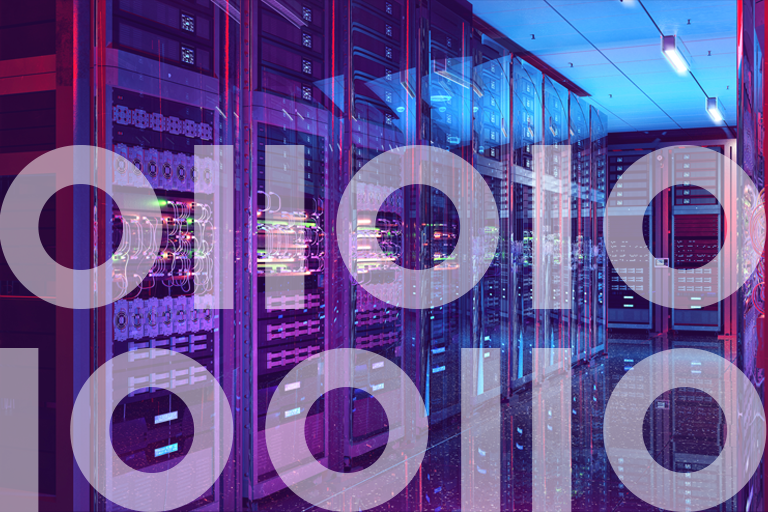As I was pondering my 50 years as a computer programmer, I had a rather amazing epiphany. The only mainframes I’ve ever worked on have been IBM machines. I learned PL1 and assembler at Cornell University from 1971 to 1975. I created (punched) cards from my notes, carried my deck to the window of the cage where the operators lived and, after some indeterminate number of minutes, pages of greenbar would appear at a designated location with my initials created on the first page. Since this was my first experience with computers, I thought the Remote Job Entry (RJE) station we used was the computer. In my defense, you gave the operator your deck (with the magic cards around it to make your job run), they loaded it into the machine, and eventually my output was available.
In 1973, according to ChatGPT, Cornell ran an IBM System 360/65 located at Ithaca’s airport. IBM’s history page (The IBM System/360 | IBM) states:
“Before the System/360, anyone buying a new computer system had to scrap their existing programs and start from scratch. There were no commercial software companies, and software was customized (or custom written) for each new machine. The System/360 changed that dynamic overnight by separating software from hardware. For the first time, software written for one machine could run on any other machine in the line. This enabled companies to buy a small computer system and add to it as needed.”
So, I was a somewhat early adopter.
My first job was as a Programmer Trainee with the State of Georgia. There I learned COBOL and what the magic cards were (they were called JCL). I was able to actually see the real computer. I was really impressed.
From there I secured a programmer analyst position with a manufacturer. I soon moved into the position of System Programmer. This allowed me to see the evolution of IBM’s hardware and software. For example, I first installed products and maintenance using SMP (System Modification Program). At the time, this was an early version. It used partitioned datasets (PDS) for control datasets. This meant that the process was very slow. We routinely submitted the job right before we left for the day and hopefully it would be finished by the next morning. This version was replaced by SMP3 which used VSAM datasets for the control datasets and was much faster.
Today, with z/OS 3.2, organizations can leverage new REST APIs in z/OSMF to automate software update installations, reducing manual steps, skill requirements, and installation time. This is just one example of IBM’s progress in software.
But they didn’t leave the hardware behind. As I labored in multiple roles, IBM produced a whole series of “toys”. After the System/360 came the System/370. Then the 30xx series was followed by the System/390. Then came the z series, culminating in the z17- an AI-optimized platform built for hybrid cloud.
Of course, IBM’s software kept pace with the hardware. This year, IBM is introducing z/OS 3.2—an operating system release designed to help modernize core applications, accelerate data insights, and simplify system management, all while maintaining the enterprise-grade security and performance IBM Z is known for. Developers can now infuse intelligent automation directly into z/OS applications through an AI framework built into the OS, enabling real-time insights and predictive decision-making feats I couldn’t even imagine 50 years ago. Features like AI-powered workload initiator management, quantum-safe cryptography, and modern data access APIs like EzNoSQL and Cloud Data Access make this platform both innovative and future-ready.
This marriage of IBM z17 hardware and z/OS 3.2 software unlocks the full potential of mainframe computing in the AI era—secure, scalable, and built for what’s next. It’s thrilling to imagine what lies ahead as IBM continues to innovate.
None of this feels like hype when I look back at the early days. It just feels like progress. The tools are different, the complexity is higher, but the goal is still the same: to build systems that work reliably and evolve with the needs of the people who run them.
To learn more about Precisely’s mainframe solution , visit our IBM Mainframe Solution page.







